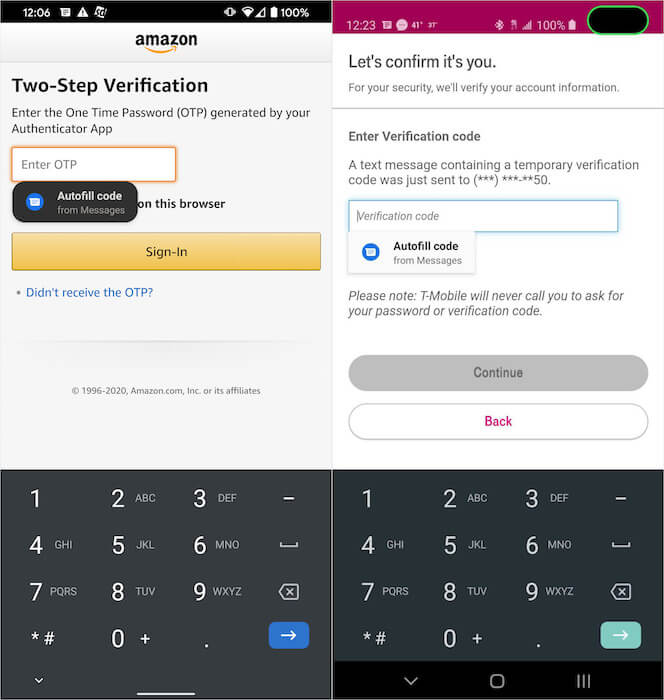It is generally accepted that the vast majority of functions iOS appeared there after Android. Allegedly, the developers Apple only did what they analyzed the operating systems of competitors, looking for something that could, if not steal, then at least adopt. In part, this version makes sense, because at first iOS it really lagged far behind Android in terms of functionality, but over time, the mobile platform Apple was not only ceased to yield to its main competitor, and in some ways even surpassed it. The only strange thing is that Google did not react to this for a long time.

Autofilling passwords on Android was inferior to that on iOS for a long time, but now everything has changed
Perhaps now I will say something surprising to users iOS, but Android still lacked a password autocomplete mechanism. No, of course, Google provided third-party developers with a special toolkit that would automatically 'pull up' two-factor authentication codes from incoming messages, but, firstly, few people used it, and, secondly, it was not very secure, because its work assumed the obligatory opening of the application access to all SMS. But, finally, Google has figured out how to fix everything.
Autocomplete passwords on Android

Autocomplete on Android might be safe
Some users Android noticed that this week an advanced mechanism for auto-filling passwords and two-factor authentication codes from SMS messages became available to them. It is not known for certain which update activated this feature, but it could be either Google Play Services with build number 20.04.12 or Google Messages with number 5.5.096. In any case, by their own admission, there have been no other updates to the devices of users who noticed the innovation.
Judging by the screenshots provided, Google has completely redesigned the autocomplete system. The company did not begin to close applications access to messages in order to protect confidential user data, but at the same time trained the 'Messages' service (Google Messages) to automatically offer to insert a password or code that came via SMS. It has been urged by users for a long time, using the implementation Apple as an example, which came up with the idea of displaying the code above the keyboard, letting the user insert it on their own, and not do it automatically, as it was on Android.
The developers of the search giant thought it was a good idea, but they did not copy the solution of competitors, coming up with an even more perfect method from a security point of view. Now, when a message with a security combination arrives, the Messages application will display a mini-widget prompting you to insert the code into the authorization window. That is, the program or site that requested confirmation will not see the code itself until the moment it is inserted. And as an additional measure, Google decided not to display the code on the widget, in order to exclude the possibility of being read by malicious scripts.
Best Feature Android
It is not yet very clear how wide is the audience of those users who have gained access to the new autocomplete mechanism. One would think that Google only added it to the firmware of the flagship Google Pixel 4 and Pixel 4 XL, but this is not the case. Among those who noticed the innovation at home, there were at least several owners of the Galaxy S10 and Galaxy S10 +, which means that the new toolkit did not require adaptation from the manufacturers. In any case, the innovation has not yet reached my Honor View 20, and it is not known when it will. It's also important to find out if the new autocomplete method works with third-party message clients, because if Google deliberately restricts it to only a branded application, it will be frustrating.
